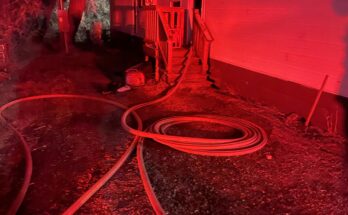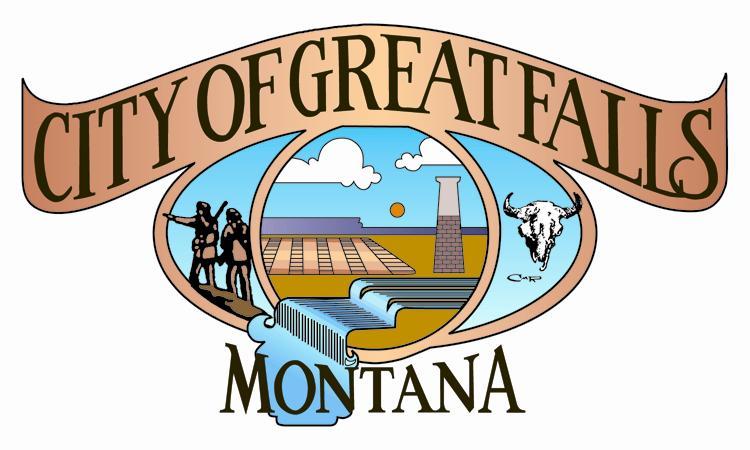Helena, Mont – Bobcat trappers in northwest Montana caught two lynx last week. Both instances were self-reported by the trappers and were subsequently reported to the U.S. Fish and Wildlife Service by Montana Fish, Wildlife & Parks.
Lynx are listed as a threatened species and protected under the Endangered Species Act. The U.S. Fish and Wildlife Service has established an allowable incidental take for lynx in the lower 48 states. Of the two captures, one lynx was found dead in the trap on December 27th, while the other lynx was released unharmed on December 28th.
The capture that resulted in the killed lynx was an illegal set. That incident remains under investigation.
Allowable take of lynx in the lower 48 is complicated. The concept of “allowable take” acknowledges that some incidental capture of lynx is possible in states with bobcat trapping seasons. With “allowable take,” the U.S. Fish and Wildlife Service establishes some incidental captures that would be “allowable” and still provide for species conservation.
The allowable take of lynx in the lower 48 states is six trapped/captured or three killed/captured as a result of legal bobcat trapping within three consecutive years. Maine operates under its own allowable take permit and is not included in the remaining 48 states. Recently, a lynx in Minnesota was killed in a trap, and two lynx were trapped in Idaho but were released during the 2021 trapping season. The current number of lynx incidentally trapped in legal sets stands at four captured and one killed in the three-year window.
If the allowable take number is met, the U.S. Fish and Wildlife Service will initiate a review to ensure the conservation of the species.
“We’ve worked hard to conserve lynx in Montana, including trapping regulations specifically designed to avoid capture of non-target species. We’re watching this circumstance very closely,” said Montana Fish, Wildlife & Parks Director Dustin Temple in a press release.
In the 2023 Wolf and Furbearer Regulations, the commission recognized lynx protection zones and special restrictions for trapping within those zones to minimize incidental capture of lynx. Trappers who inadvertently capture a lynx must release it unharmed if possible and report it to FWP within 24 hours, or if it’s wounded contact FWP immediately to determine disposition or collection of the animal.
Montana also has specific trapping regulations to reduce the potential capture of lynx. For example:
Lynx Protection Zones (LPZ) prohibit wolf snaring on public lands.
Wolf foothold traps in regions 1 through 5 are required to have a minimum of 10 pounds of pan tension.
No natural feathers or pieces of fur can be used in the LPZs so that lynx are not visually attracted to the set intended for another species.
Bobcat and wolf traps set in the LPZs are required to be checked every 48 hours.
Regulations for conibear traps are also more restrictive in the LPZs to mitigate the potential of catching a lynx.
Additionally, all snares in the LPZs are required to have a relaxing lock, which decreases the lethality of the device.


